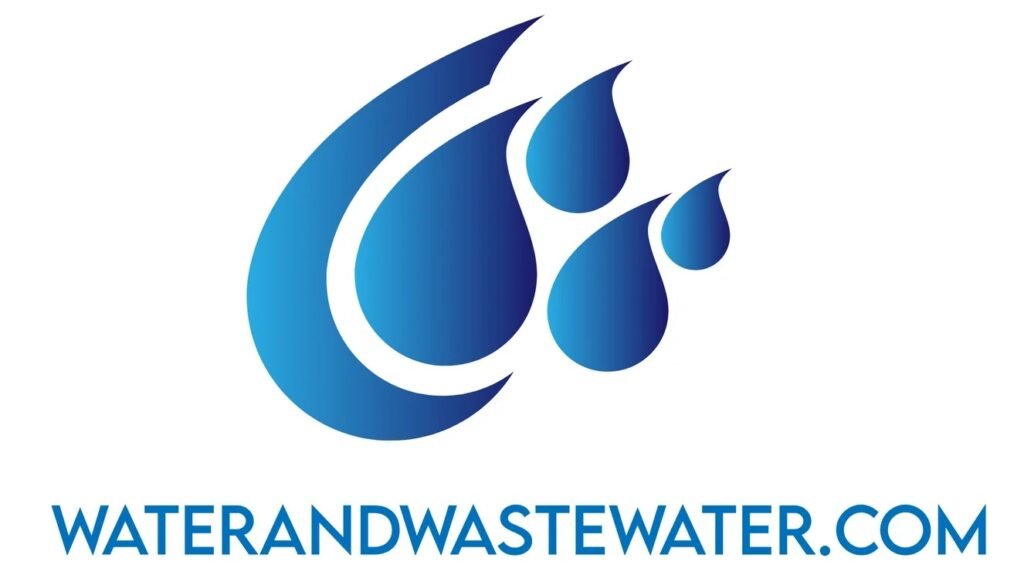
Tag: water supply
Wastewater disinfection is a critical component of water treatment processes, ensuring the safety of water for reuse or release into the environment by neutralizing pathogens. Various disinfecting agents and technologies are employed to achieve this, each suited to different types of wastewater and regulatory standards. The effectiveness of each disinfection method is influenced by factors […]
Membrane filtration has emerged as a critical technology in wastewater treatment, serving as a frontline process that allows for the separation of contaminants from water. It operates through a selective barrier—a membrane—that permits certain substances to pass through while others are retained. The importance of this technology stems from its ability to effectively remove a […]
Reverse osmosis is a crucial process in wastewater treatment, particularly for its ability to remove contaminants and impurities on a molecular level. This process, which involves forcing water through a semi-permeable membrane, has become an integral component in managing wastewater effectively. By filtering out salts, organic contaminants, and pollutants, reverse osmosis helps in reclaiming water […]
Understanding the role of gray water in wastewater management is crucial for the efficient use of water resources. Graywater, essentially the reuse of domestic wastewater from sinks, showers, and washing machines, can significantly reduce the total volume of wastewater requiring treatment. This sustainable practice not only saves water but also lessens the load on sewage […]
Partial Flow Dissolved Air Flotation (DAF) systems are a type of water treatment process that excels in the removal of suspended solids, oils, and greases from industrial wastewater. This method of treatment is designed to operate with a portion of the total flow, treating and recycling a percentage of the processed water. By introducing air […]
Packed column DAF, or Dissolved Air Flotation, is an innovative water treatment technology that efficiently separates contaminants from water. DAF systems are particularly effective for the removal of solids, oils, and greases that are lighter than water and thus can be floated to the surface with the aid of fine air bubbles. Packed column DAF […]
Vacuum degasification in wastewater treatment is an advanced process designed to remove dissolved gases, such as hydrogen sulfide, carbon dioxide, and methane, from wastewater streams. By creating a vacuum within a treatment chamber, gases are drawn out from the wastewater due to the pressure difference. The removal of these gases is crucial for reducing odor, […]
Non-potable water is water that has not been treated or purified to the level necessary for safe human consumption. It encompasses a variety of water types that are utilized for purposes other than drinking, such as irrigation, flushing toilets, and industrial processes. Addressing the question “What is non-potable water?” it is essential to clarify that […]
Filtration in wastewater treatment is a critical process for removing impurities from water before it is released back into the environment or reused. The process involves passing water through substances that act as filters to separate particles and contaminants from the water. This is essential for protecting water quality, ecosystem health, and human well-being. As […]
Reuse and recycling are essential components of modern waste management that contribute to environmental conservation and efficient resource utilization. By reusing materials, we extend the life cycle of products, reduce the need for new resources, and save energy. Recycling transforms waste into new products, diverting it away from landfills and incinerators. The process involves collecting, […]